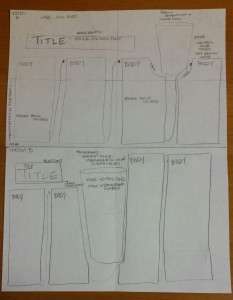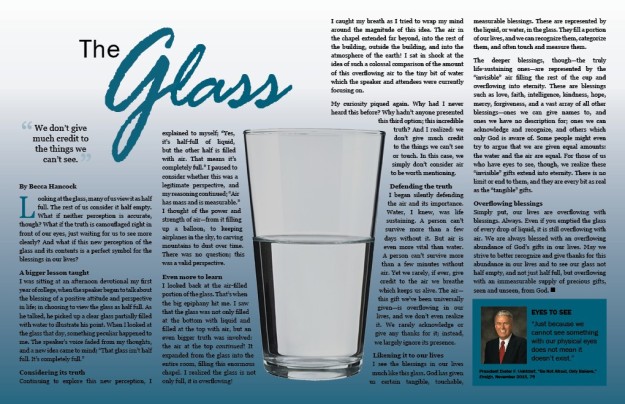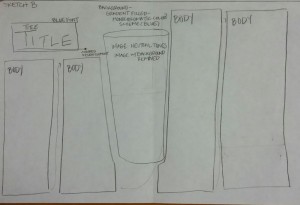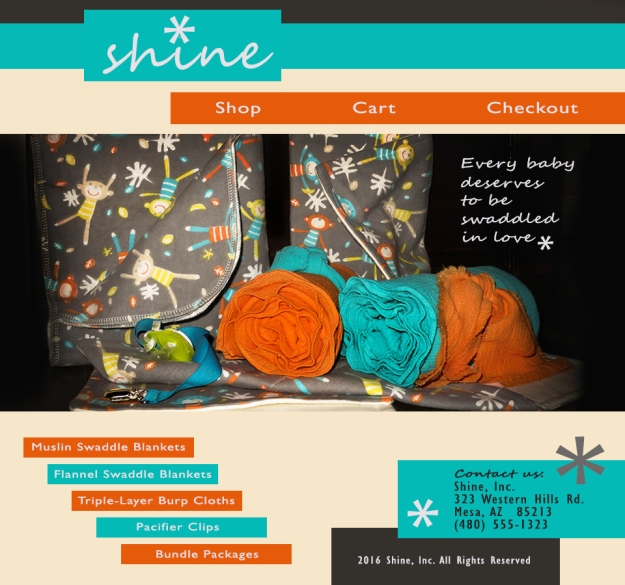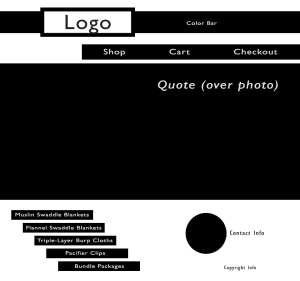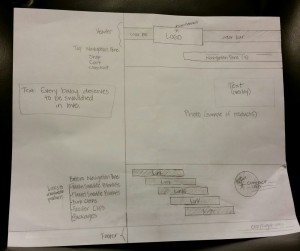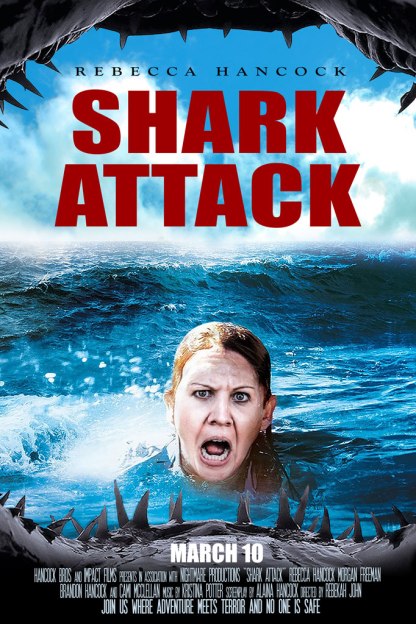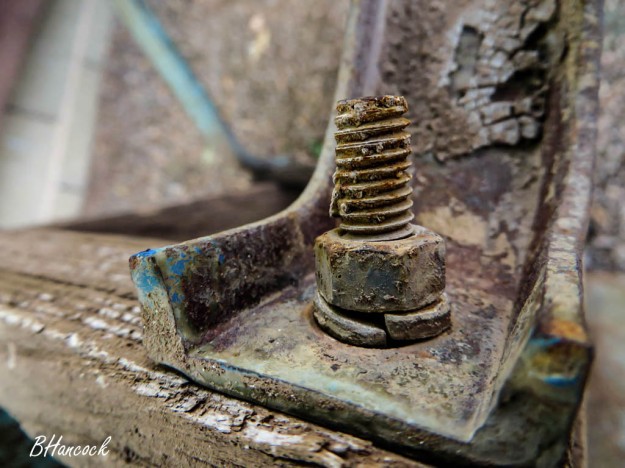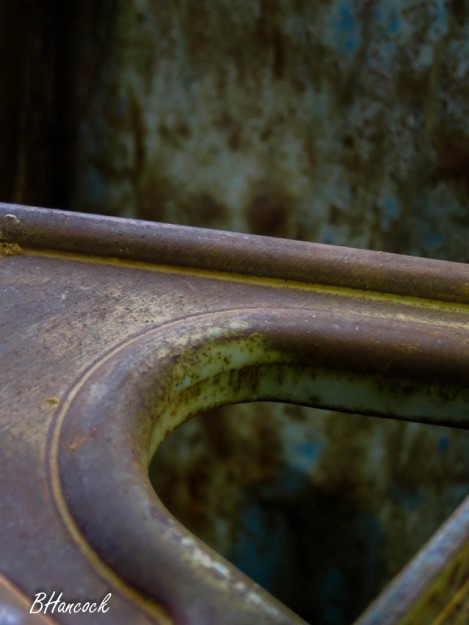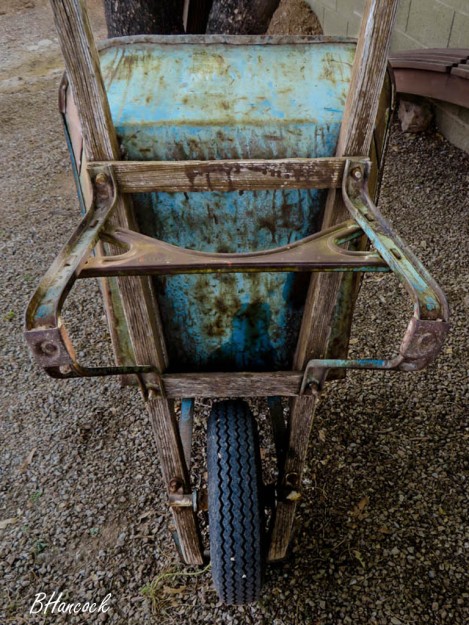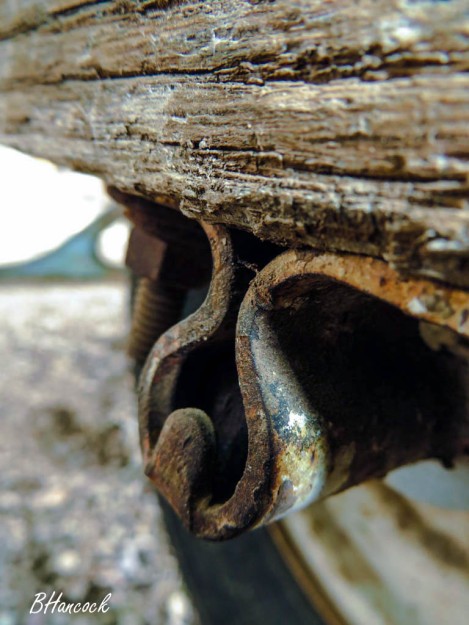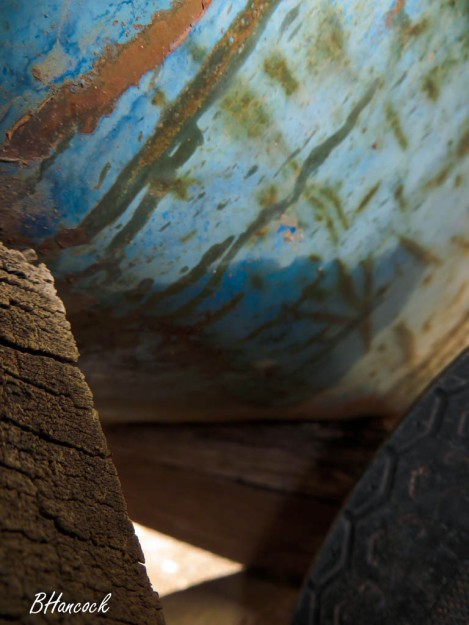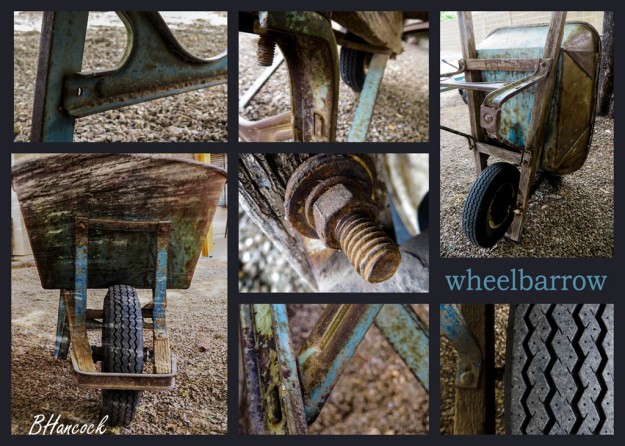This project began several weeks ago when I wrote the article and is a continuation of my last post several days ago when I submitted a draft for final critique. Already having a written article to use made a huge difference in being able to focus entirely on the design aspect of the project this week . I already had a couple of layout ideas sketched out, and I chose the one which I felt would strengthen the message of the article the most by having one large image in the center of the page. My audience is for readers of the Mormon magazine, The Ensign, which is targeted toward young adult and adult readers. My message is a new perspective about the blessings in our lives and the way in which we often don’t give credit or acknowledgement to many of those blessings. I created the shape map in InDesign, and made some changes from my ideas with the sketch, thinking a more neutral color scheme with a colored title would make the central idea stand out more.
Critique:
Three of my classmates (Shay Sookhoo, Samantha Anderson, and Chris Betts) commented that my very first draft needed more color in it (instead of just the gray and title color). I took their advice and added the colored gradient background and colored text box to match the title color. My class instructor, Julie Peterson, gave several valuable suggestions as well. She pointed out that the title in my first draft was creating trapped white space. To fix this, I followed her advice to move the title to the right and make the ‘G’ smaller. I also decreased the tracking in the word “Glass” to make it fit better in the space. She also caught a widow in one of my paragraphs. Adjusting the tracking in the paragraph didn’t fix the problem, so I changed some of the words in the paragraph to ensure the widow was gone. I also moved the quote on the left page over to the far left side since it fit better and felt more grounded being lined up with my name as the author below it.
When I finished these edits, I sent the JPG file to a print shop with specifications of how I wanted it printed. Unfortunately, it was really poor quality–the whole page was pixelated and not crisp or sharp at all. The shop suggested that I send a PDF to them instead of the JPG file, which I did. I asked them to call and let me know if the second print was better quality, which they did. When I picked it up from the shop, I trimmed the white edging off, and the final print is what you see in the video below.
Fonts:
Title: Franklin Gothic Book (Sans Serif) & Rage Italic (Decorative)
Body: Georgia (Serif)
Colored Quote Box: Franklin Gothic Book, Franklin Gothic Demi (Sans Serif)
Image Sources:
Glass: http://www.handicappeddoctor.com/?p=849
President Uchtdorf: http://www.mormonnewsroom.org/leader-biographies/president-dieter-f-uchtdorf
